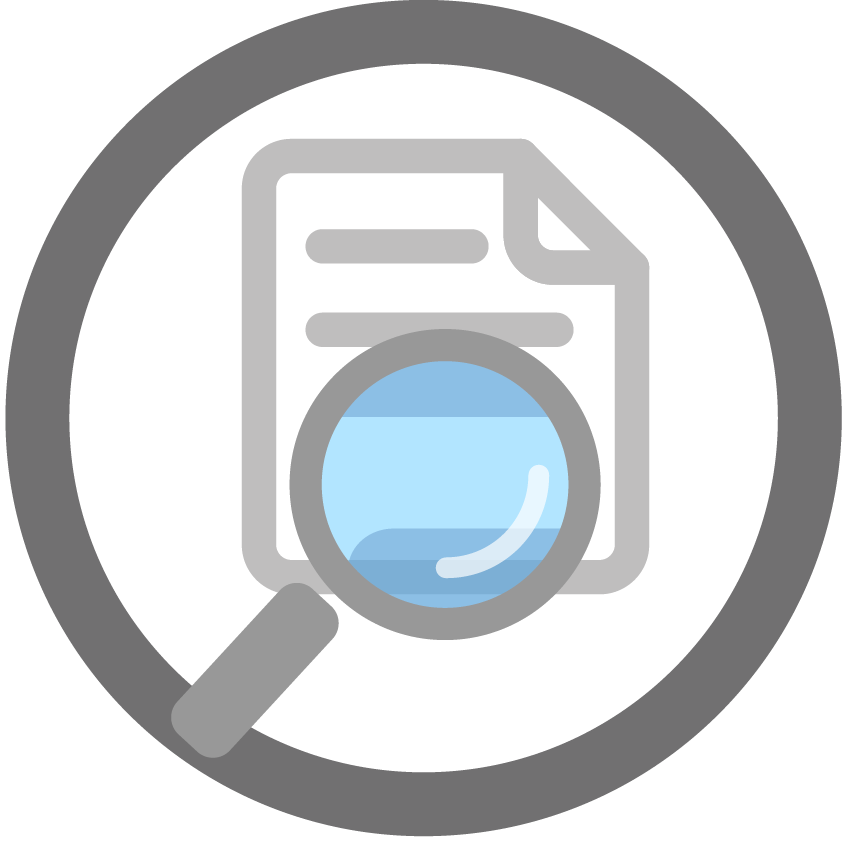There are several dangers associated with high temperatures. In excessive heat, the human body must get rid of excess heat while maintaining a stable internal temperature. Usually, the body has three main ways of cooling off:
- Sweating: This is the body’s main way of cooling off, the process of the sweat evaporation moves heat from the surface of the skin into the droplet of sweat, which cools the body down. However, if the surrounding environment is too humid, the sweat is unable to evaporate, and doesn’t help to cool off the body.
- Blood circulation: When the body overheats, blood rushes to the surface of the skin in order to lose its heat, but if the temperature outside is hotter than internal temperature, this won’t help.
- Radiation: If the body is hotter than the environment around it, it will radiate heat unto the environment around it. However, if the surrounding environment is hotter than the body, the heat radiates unto the body, further increasing body temperature.
So in excess heat, the body isn’t able to use these methods to cool off, and stores the heat instead. As internal temperature increases, heart rate rises, and the body could suffer from:
- Headaches
- Fatigue
- Nausea,
- Dizziness
- Skin rash
- Muscle cramps
- Heat exhaustion
- Or heat stroke, which can result in death if ignored.
In total, heat-related illnesses cost dozens of American workers their lives every year.
What can a company do to mitigate those hazards?
Employers have the responsibility to provide workers with safety training and make sure that their workplace has proper protection from any known heat related hazards.
OSHA recommends that employers establish a heat illness prevention program by establishing the following:
- Provide workers with water, rest and shade.
- Allow new or returning workers to gradually increase workloads and take more frequent breaks as they build a tolerance for working in the heat.
- Allow for ample breaks out of the heat, or if possible, work intensity diminished
- Plan for emergencies and train workers on prevention.
- Monitor workers for signs of illness.
Although these are not required by OSHA, employers do have a duty to protect their workers.
Employers should formulate an emergency plan that ensures that in the case of high temperatures that they are prepared to deal with the potential dangers.
Quantum Can Help
The first step to mitigating heat hazards is to decide how your sites will deal with extreme temperatures. You need to make sure every facility’s emergency action plan has a section on heat-related hazards, and you need to make sure that every one of your workers understands that plan. This is where Quantum comes in.
Quantum’s SOP Tracking module enables users to collaboratively design and review their emergency action plan. Once a plan is published, the software notifies all relevant personnel to read and acknowledge the new policy. SOP Tracking can be further enhanced by integrating into Quantum’s Audit, Training, and Inspection modules.








